Shiro Wat, also known as Shuro or Shiro Wot, is a staple in any Ethiopian vegetarian platter - a thick, chickpea stew simmered slowly and served over their traditional sour flatbread, injera, with a host of other vegetarian dishes.
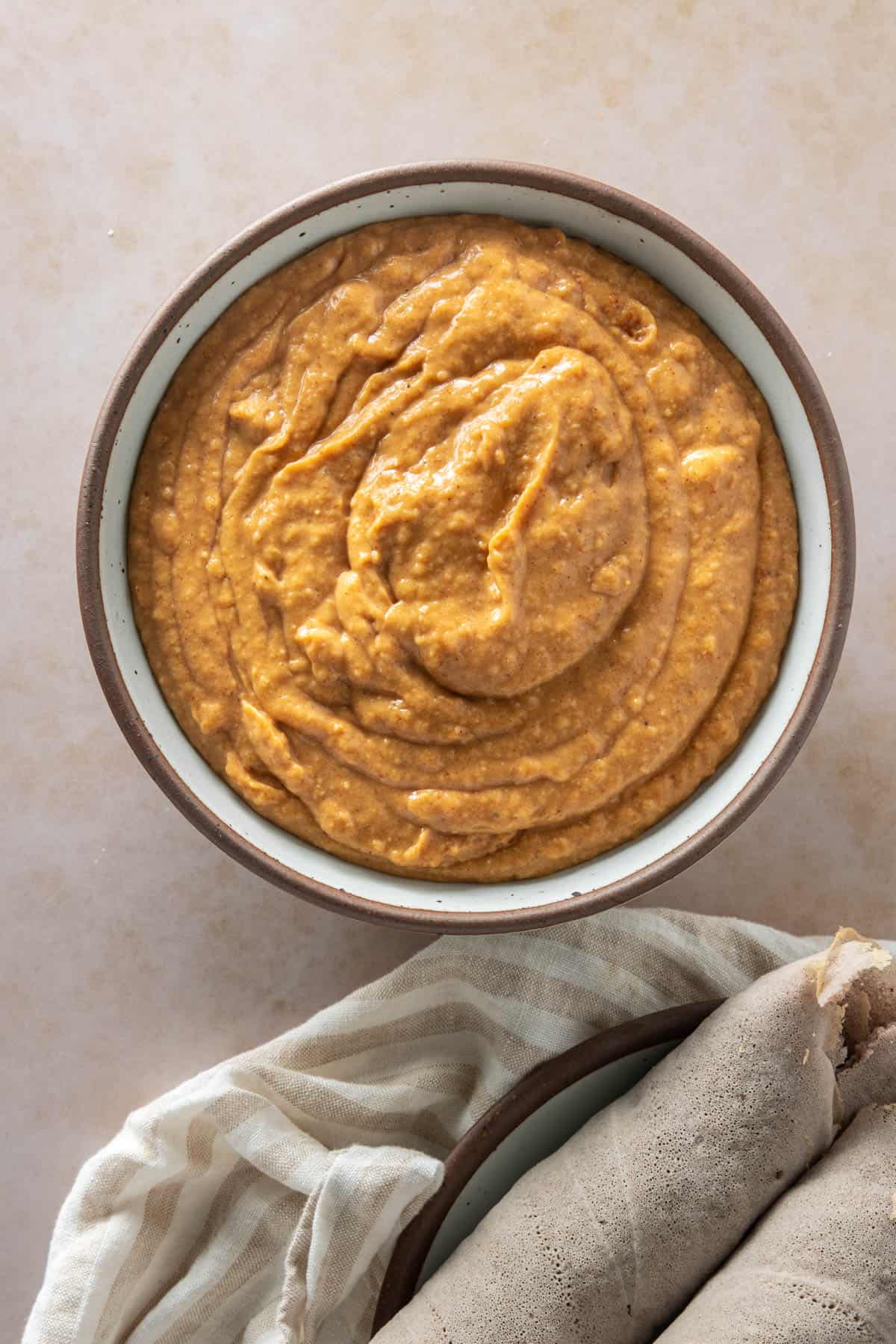
This post contains helpful tips and tricks! If you're in a rush, please use the "Jump to Recipe" below!
💭 Why you'll love this recipe
- Vegan, gluten-free, and ready in 45 minutes: It uses a few simple ingredients but is packed with flavor, despite accommodating many dietary restrictions
- Nutritious and hearty: Chickpea flour forms the base of this dish, so it's packed with protein. In addition, the warm spices make it a cozy and filling meal that's also cheap!
- Introduction to Ethiopian cuisine: Ethiopian food is heaven for vegetarians (and meat eaters alike!) but this dish is a great way to get started with making Ethiopian or Eritrean food at home. You won't regret it, I promise!
⭐ Origin Story
You'd have seen a note about this in some of my other Ethiopian recipes (like with this Atakilt Wat) Ethiopia (and Eritrea) have a large population of orthodox Christians, who fast (and cut out meat) for portions of the year. As a result, many Ethiopian meals have delicious vegan dishes that we can now thankfully enjoy.
I learned the base for this recipe when I worked in Addis Ababa, the capital of Ethiopia. I then adapted the recipe based on suggestions from a good (Ethiopian) friend's mother so you can make this easily in the US.
📋 Ingredients and notes
There are basically two components of this dish - the shiro powder and then the rest of the spices and aromatics.
- To make shiro powder, you'll need - chickpea flour, berbere powder, garlic powder, ground cardamom, and cumin powder.
- For the rest, you'll need olive oil, onions, tomato paste, minced garlic and salt. Easy, peasy!
Notes and Variations
- Store-bought shiro powder: If you live near an Ethiopian or Eritrean neighborhood, you can actually just buy shiro powder off-the-shelf. This is a great alternative to making at home if you want to make it even easier!
- Use of Ethiopian basil: Shiro powder can be quite complex at times, depending on how much effort you want to put into it. The ingredients I've listed above form the basis, but I've also seen Ethiopian basil (a variant native to East Africa, also called holy basil) used.
- Alternative for berbere: One other variation we commonly see is folks who prefer to use a combination of paprika, red chili powder, and coriander powder. So if you don't have berbere, you can use this combination!
📖 Step-by-step instructions
Start by making shiro powder
Shiro powder is the foundation of this dish. I strongly recommend dry toasting chickpea flour to start, along with a tablespoon of berbere spice, and a teaspoon each of ground cardamom, cumin powder, and garlic powder. Set aside. You can either add the salt here, or later.
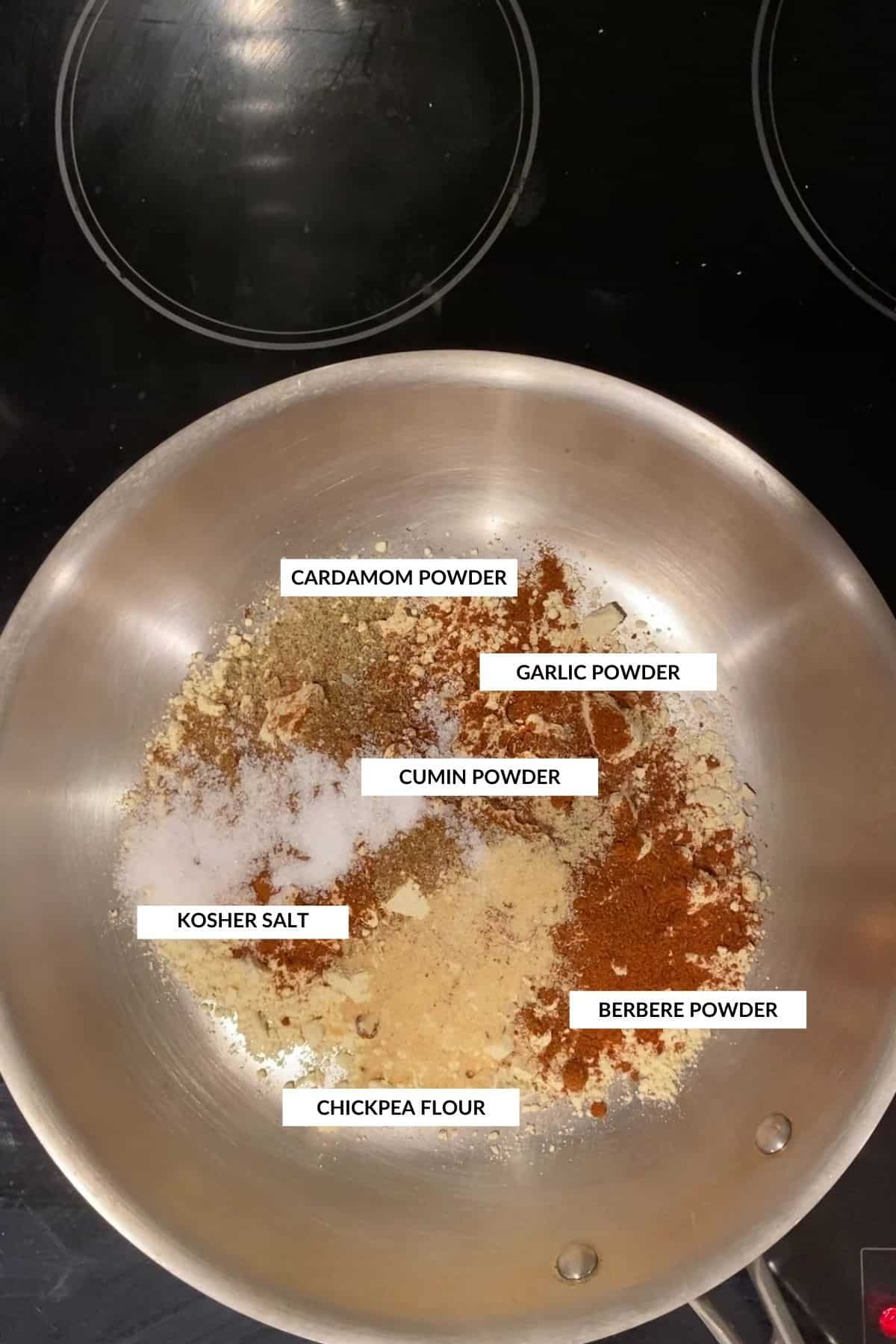
How to make shiro powder using fresh chickpeas: remove the skin of chickpeas, and then dry roast them on medium heat on the pan along with berbere and the other spices. Then, use a food processor or spice grinder to grind all of them together.
Make homemade shiro wat
Heat a medium sized pot (or Dutch oven) on medium heat. Then, add olive oil and heat it up for a minute. Add a diced onion, and sauté over low to medium heat for a few minutes until fragrant. The smaller you can dice your onions the better. Or, you can also puree the onions and add that instead! Then, add minced garlic along with tomato paste and sauté for a minute until garlic is fragrant. If you don't have tomato paste handy, check out these tomato paste substitutes..
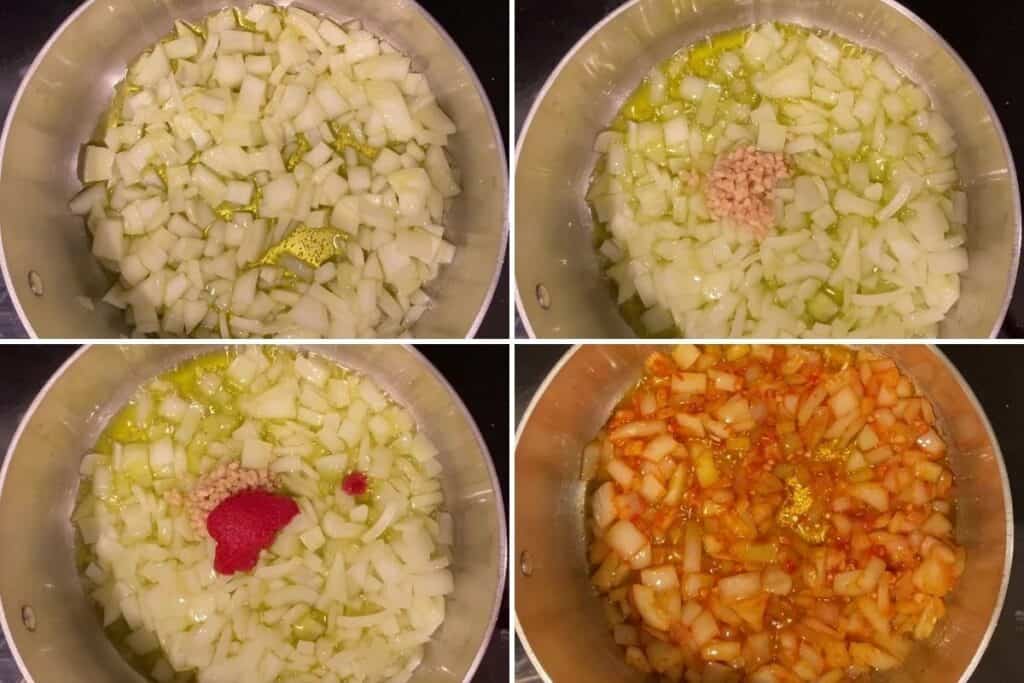
Then, add the shiro powder, salt, and three cups of water. Bring this to a boil on medium heat, then turn the heat down and let the mixture simmer for 20 or 30 minutes (depends on the strength of the stove and the consistency you prefer!) Make sure to stir at five minute increments, so it doesn't stick.

Pro-tip: the olive oil will float to the top when the shiro is done cooking!
Serve hot with rice or injera (and stay tuned for my traditional and/or quick injera recipes!)
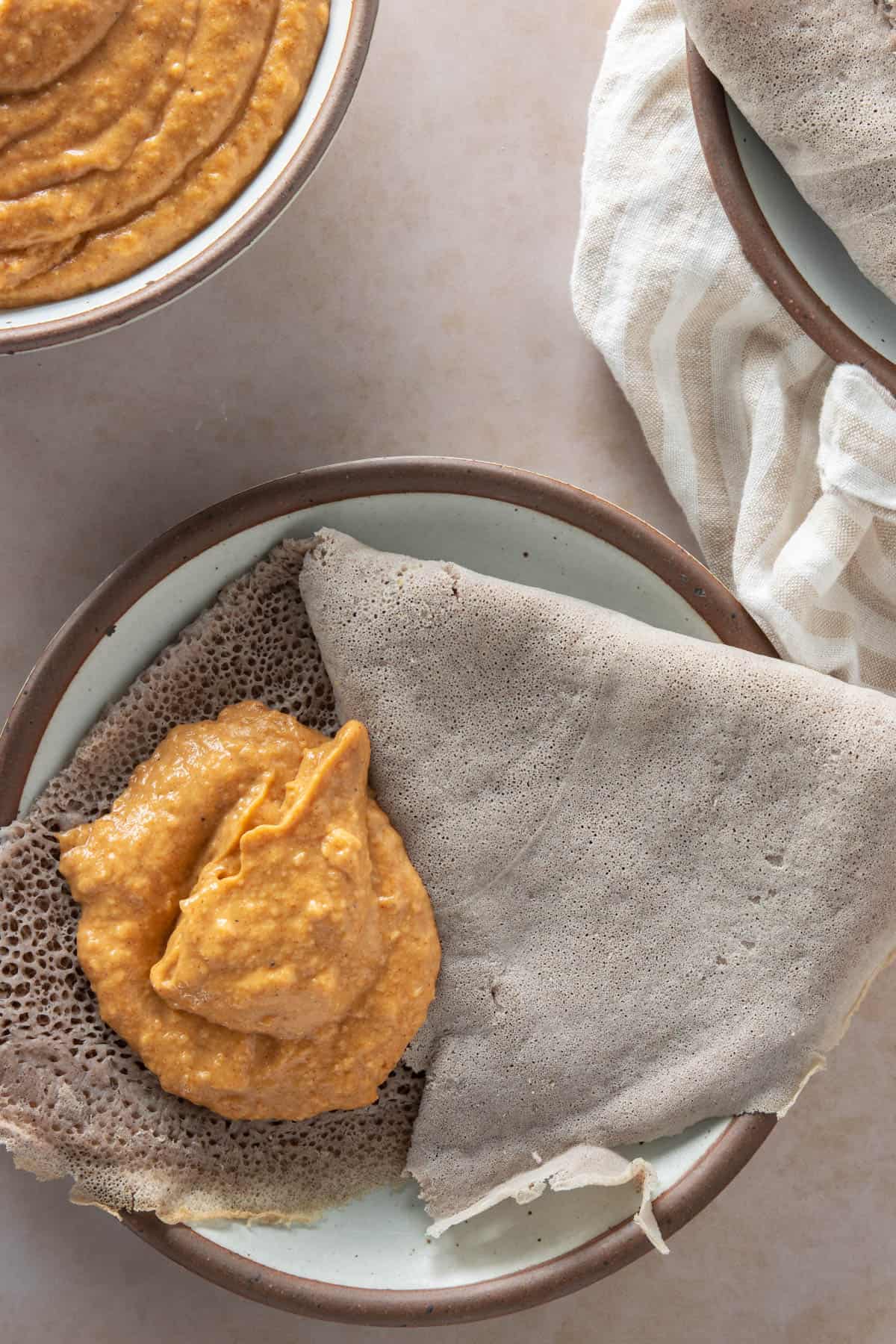
👩🏽🍳Top tips and FAQs
Yes! There are two important variations worth noting here: Tegabino Shiro is made with legumes, chickpeas, field peas, and/or fava beans and consumed with dark injera. Shiro is vegan as written, but you can add nitter kibbeh (spiced, clarified butter). If you cook it with injera, it's called shiro fitfit.
Berbere typically contains garlic, red pepper, cardamom, coriander, and a few other warm spices. For every tablespoon of berbere, I suggest using a teaspoon each of paprika, red chili powder, and coriander powder as a substitute.
Shiro has warm spices but I wouldn't consider it "hot" spicy. You can also easily adjust the spiciness of the dish to your desire by adding less spices as you cook!
🍴 Serving and storage suggestions
Shiro can be stored in the fridge for four to five days, but it's best eaten fresh. It's typically served over injera with a side salad. If you plan to make ahead and reheat, I suggest using a stovetop method versus the microwave. This helps preserve flavor better!
If you liked this, check out these vegan African recipes:
If you tried this recipe, don't forget to comment and rate! ⭐⭐⭐⭐⭐
📖 Recipe
Ethiopian Shiro Wat
Ingredients
Shiro Powder
- ¾ cup chickpea flour
- 1 tablespoon berbere powder
- 1 teaspoon ground cardamom, optional
- 1 teaspoon cumin powder
- 1 teaspoon garlic powder
- 1 teaspoon salt, adjust to taste!
Shiro Wat
- 1 onion, large, diced
- ⅓ cup olive oil
- 1 teaspoon minced garlic
- 1 tablespoon tomato paste
Instructions
Making Shiro Powder
- On a large skillet, dry roast ¾ cup of chickpea flour along with a tablespoon of berbere spice, and 1 teaspoon each of ground cardamom, white cumin powder, and garlic powder. Set aside. You can add the salt now or wait until later. Note: If you have an Ethiopian grocery store nearby, you can also buy shiro powder!
Making Shiro Wat
- In a medium sized pot or Dutch oven, heat ⅓ cup of olive oil on low to medium heat. Add 1 diced onion over low to medium heat for a few minutes. This is just to get the aromatics fragrant so 1-2 minutes is sufficient, don't let it brown!
- Next, add a teaspoon of minced garlic along with the tomato paste and sauté for 30 seconds until the garlic is fragrant.
- Now, add the shiro powder, along with salt and 3 cups of water, and bring to a boil on medium heat. Then, turn down the heat to a low to medium, and let it simmer for about 20 to 30 minutes to allow the mixture to thicken to your desired consistency. Stir at 5 minute increments to ensure it doesn't stick. The oil will float to the top when the shiro is done cooking! Taste and adjust salt and serve hot with rice or injera!
Notes
- Ingredient variations: You can buy shiro powder from most Ethiopian or Eritrean grocery stores. If you want to add more complex flavors, you can use Ethiopian basil. Finally, if you don't have berbere, you can substitute with a teaspoon each of paprika, red chili powder, and coriander powder.






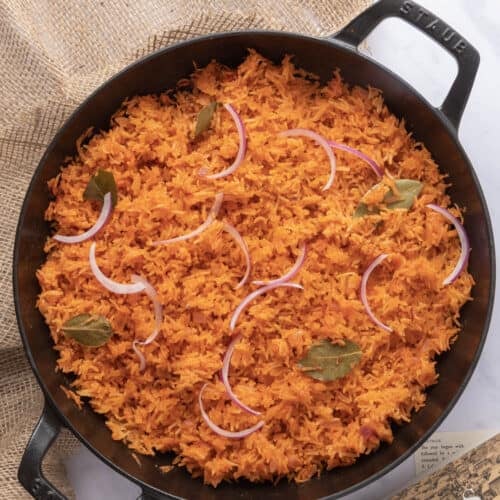
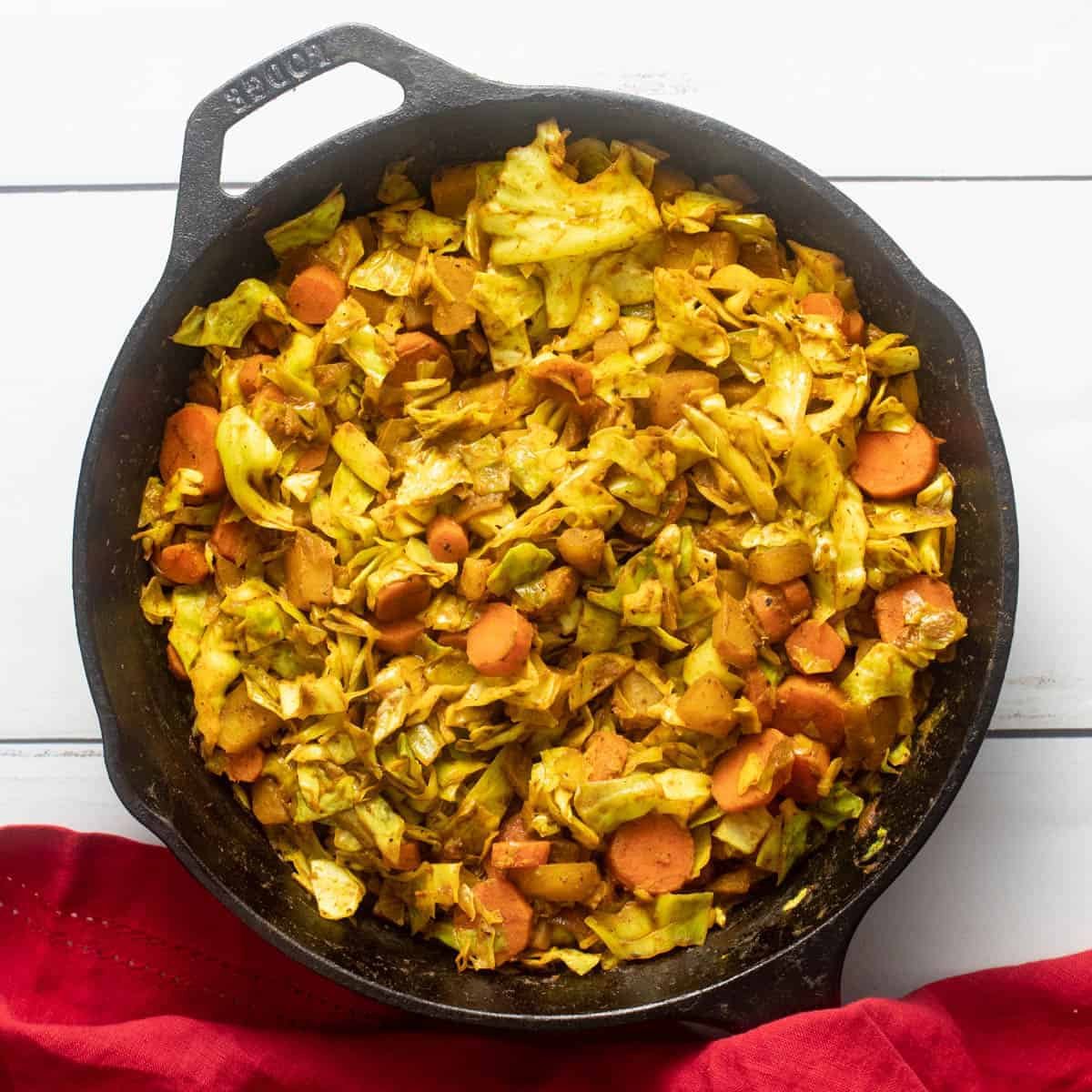
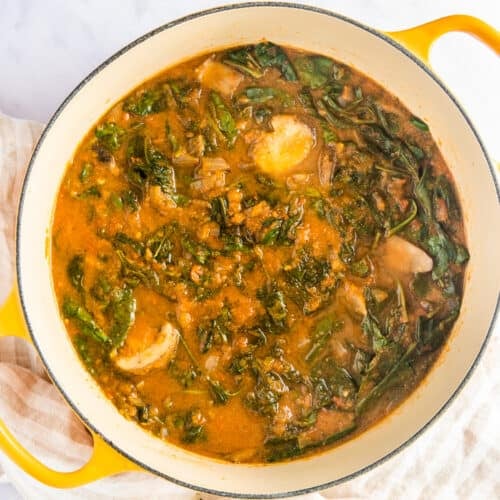
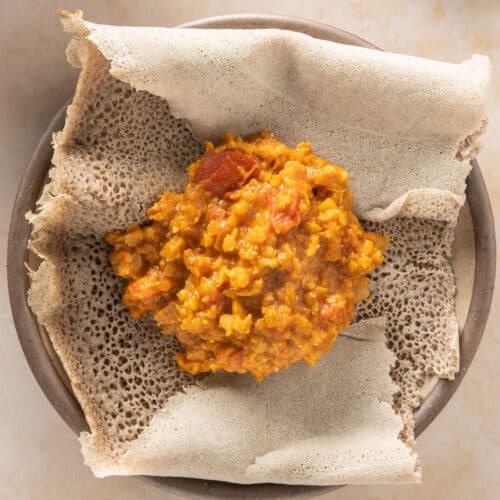
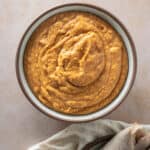








This was my first time trying shiro wat and it didn't disappoint. So much flavor and such an easy recipe to put together!
So good!! This brought back so many memories of my Ethiopian grandma - thank you!!
This was so flavorful! We had it with some roasted veggies and rice on the side. We'll be making this again!
I ended up LOVING the seasonings in this shiro wat! I'd never use berbere powder but it was such a warming flavor addition. Perfect for cool weather.
My first time trying Ethiopian cuisine! The slow-simmered onion, garlic, and tomato mixture added layers of flavor. It was so good served with hot rice. Thanks for sharing.
This looks great! Definitely gonna try soon. How long do you roast the chickpea flour for? What heat?
Hi, you can roast on medium heat for about 10 minutes (basically until the chickpea flour has lost it's "raw" nature)
This is soooo good. I replaced the olive oil with 2T niter kibeh and WOW. This is going into my regular rotation. Thanks!!
I am so glad to hear this, Michele - thank you!
Fantastic recipe. I thru in a little gee and cut back on the oil. Also put over cauliflower hash browns. Do you ever add any other veggies ... just to make it a one pot meal?
That sounds great! I usually serve this alongside vegetables (but usually don't add them in) - but a one pot meal sounds like a great idea!
Hi! This looks so delicious; thank you for supplying a recipe for the spice mix as well! I tried searching on your website but didn't see an injera recipe- do you have any recommendations? Is there a quick mix or premade injera that is available for sale? My husband and I love Ethiopian food but the process of making injera seems labor intensive; it's like naan, I'd rather just buy it and have it ready made on hand if possible!
Thank you! I'm working on the last tests for my injera recipe, but it should be up in the next month or so! I think the best bet in the meantime is to pick up pre-made injera from your local East African store or Ethiopian restaurant (the pre-made mixes don't tend to work super well unfortunately!)
For the berbere substitute, in one place it says coriander and the other onion, which is correct? Also, is it 1/3 cup olive oil or 1/2 cup?
Hi Rylie - I suggest using a teaspoon each of paprika, red chili powder, and coriander powder as a substitute. Occasionally, folks use onion powder or garlic powder since it's more easily available but using coriander powder provides the closest approximation! It's 1/3 cup of olive oil, sorry about the typo! Hope you love the recipe.
Hi, if we buy ready-made shiro powder, do you still recommend dry-roasting it first?
No, you don't need to toast premade shiro powder!
Do you use green cardamom (which is what is normally available in American stores) or black cardamom? I didn’t notice the ‘white’ cumin so used the kind normally found in American stores, but did use my black cardamom, and the flavor was quite different than what I’m used to for shiro.
Hi! Typically green cardamom is the one that's ground! I pick up up ground cardamom from the store (don't grind it myself since it can be quite tedious!) Black cardamom would impart a very different flavor. Hopefully you'll try it again with ground green cardamom. Thanks!
Where do you get your white cumin?
I usually get it at the local Indian grocery store!
Can we use besan instead of chikpea flour?
Yes, you can! It tastes slightly different and the consistency is a bit thicker but it can definitely be used in place of traditional chickpea flour.
I absolutely Love Ethiopian cuisine! I'm African American work, but worked as a waitress in an Ethiopian restaurant many years ago. Interestingly the native customers always assumed I was Ethiopian as well. I didn't really didn't get to know how to cook the foods, so I truly appreciate your recipe for one if my favorite, shiro wat, especially now that I no longer live near an Ethiopian restaurant. I actually did get my hands on some pre-made shiro powder, but unknowingly added all of the ingredients that you list to add to chickpea flour. It turned super spicy and delicious! My adult children are still talking about it over a week later, lol. I also didn't have tomato paste, so used what I had on hand, diced canned tomatoes. I'll be making a new batch this weekend. I also didn't have injera, or a way to make it; i used frozen Indian parathyroid bread from Trader Joe's as a replacement. Though not the same as injera, it too was delicious in a pinch. Yum!
Thank you!
That is so great to hear, Makeba - thank you so much for such a wonderful review, and I'm so glad you enjoyed it!
I used a mix I found here in Kenya. Smooth and a little spicy. Really nice to be able to make it at home!
Oh, amazing! The off the shelf shiro powder in East Africa is usually incredible 🙂 Glad you were able to make this at home!
I'm confused about how much chickpea flour is needed. The recipe calls for 3/4 cup, but then the instructions tell you to use 1/2 cup. Did I miss something?
Hi Linda! Sorry, there was a caching issue - it should be 3/4th a cup of chickpea flour!
Appreciate the recipe for shiro powder! My bro-in-law gave me some, but I wasn't sure what was in it or how to use it. Love Ethiopian food!!
Awesome! Hope you love it 🙂
Excellent! Easy and delicious.
Thank you - so glad you liked it!
This is my second time making this delicious meal! I did substitute vegetable broth instead of the water.